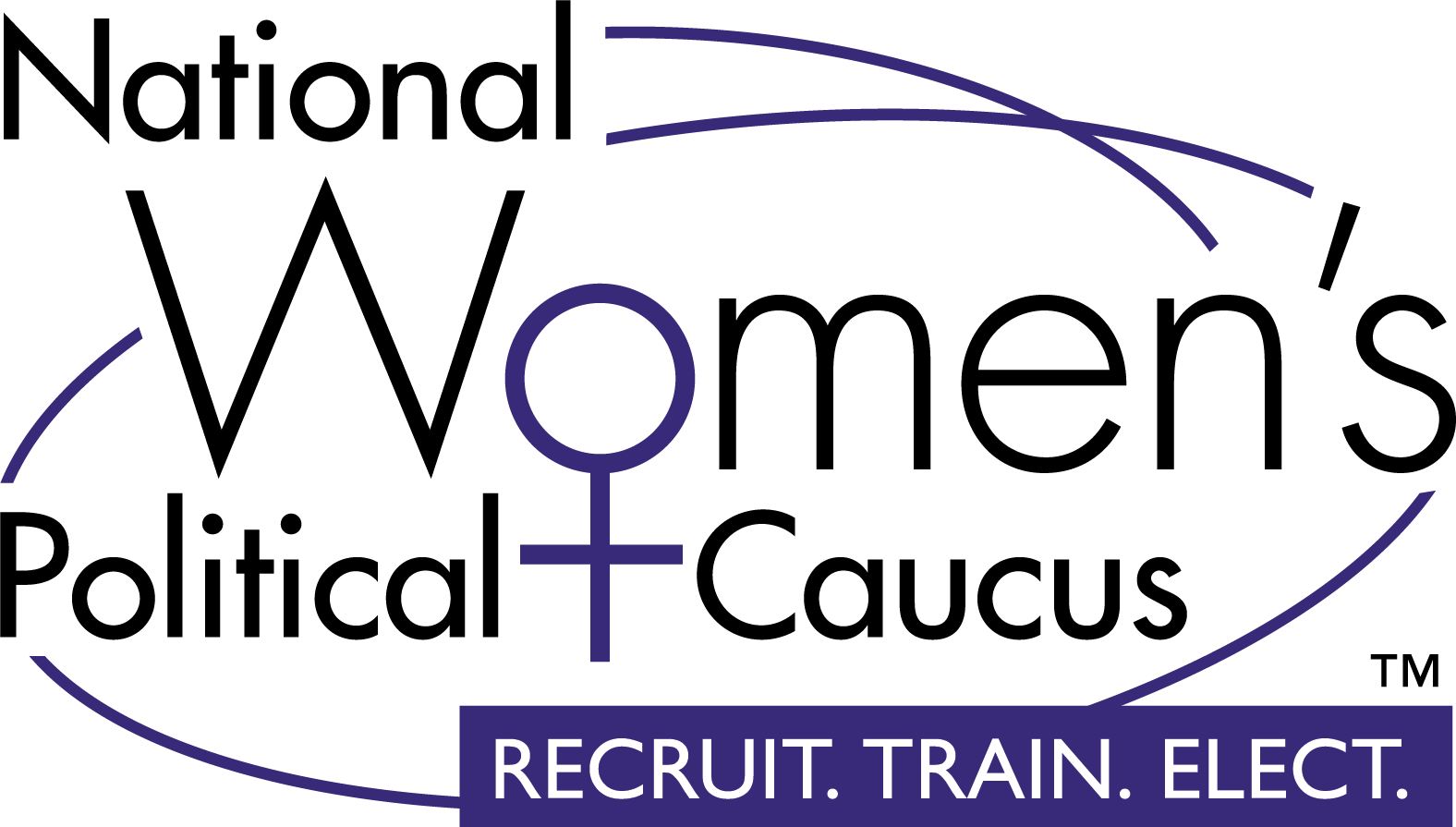By Dr. Carmen Schaye, NWPC Vice President of Diversity
On August 12, the US Census came out with its 2020 report, detailing the racial composition of Americans. The results surprised most of the US. White caucasians are no longer the majority of the US population. Its findings present a myriad of complex issues that America is maybe not ready to face. As we move to the end of the quarter century, it is still a surprise that the effect of America’s separatist society mired in the effects of post Jim Crow legislation has left such an indelible mark of resistance on the American consciousness. Many conversations have been had on white privilege and identity politics over the years. What questions do we need to ask now, and what is the intersectional approach to the socialization transition into a multiracial and multicultural society?
The New York Times reported that this is the first Census breakdown that the number of people that identify as solely White has diminished in comparison to the last released census. It’s important to note that those who identify as “White” alone have shrunk since the census started being taken in 1790. The number of people identifying as non-Hispanic White – and no other race – dropped by 5.1 million people, to 191.7 million, a decrease of 2.6 percent.
People who check off the white box only on the Census form overall have dropped. Yet, people who checked off white and one/more racial boxes actually increased. The Census Bureau defines White people as follows: “White” refers to a person having origins in any of the original peoples of Europe, the Middle East or North Africa. It includes people who indicated their race(s) as “White” or reported entries such as German, Italian, Lebanese, Arab, Moroccan, or Caucasian. So checking off multiple boxes, allows individuals more indication to think of themselves as mixed or multiethnic, thus we now find ourselves with a country with a heavy multiracial population.
The new data also shows that Hispanics account for about half the country’s growth over the past decade, up by about 23 percent. The Asian population grew faster than expected — up by about 36 percent, a rise that made up nearly a fifth of the country’s total. Nearly one in four Americans now identifies as either Hispanic or Asian. The Black population grew by 6 percent, an increase that represented about a tenth of the country’s growth. Americans who identified as non-Hispanic and more than one race rose the fastest, jumping to 13.5 million from 6 million.
And in what appears to be a big shift in how Hispanics think of their racial identity, one third of Hispanics reported being more than one race, up from just 6 percent in 2010. That means that Hispanics are now nearly twice as likely to identify as multiracial than as white. Hispanic origin is counted as an ethnicity, and is a distinct category from race. But Hispanics can also check race boxes.
We now have more people identifying as multicultural and multiethnic than ever in our country’s history. How do we prepare our organizations to find the correct space and time to address this change? What challenges present themselves to these people? What strategies should we invent? And how does this shift impact women?
The growth of this multi identity has shaken those that have vested their value heritage on one identity. Those that have encouraged identity politics as their “True Asset “ are left with a question on the value of one sole race or ethnic group. What are the metrics and how do we measure identity? Are those that are multiracial at an advantage over those that have identified over the one race? Will the caucasian classification hold value? There are many questions raised by these US Census findings. Perhaps, these findings acknowledge the new confidence and comfortability Americans hold identifying as part of an ethinc group. Our country’s identity is changing. With that, there is opportunity for intrinsic growth as a society, for embracing different cultures and empowering our citizens to feel they can acknowledge their multiethnicity.
Unions between individuals who belong to specific groups—such as race, nation, class, ethnicity, religion—are breaking barriers and disrupting social hierarchies, as we’ve known them. This ethnic and racial blending redraws social boundaries that were once divided. One thing is clear: we are on the road to change the societal mainstream as “multi” is becoming more common. This will impact the emergence of globalization. A global society.
© Dr. Carmen Schaye

